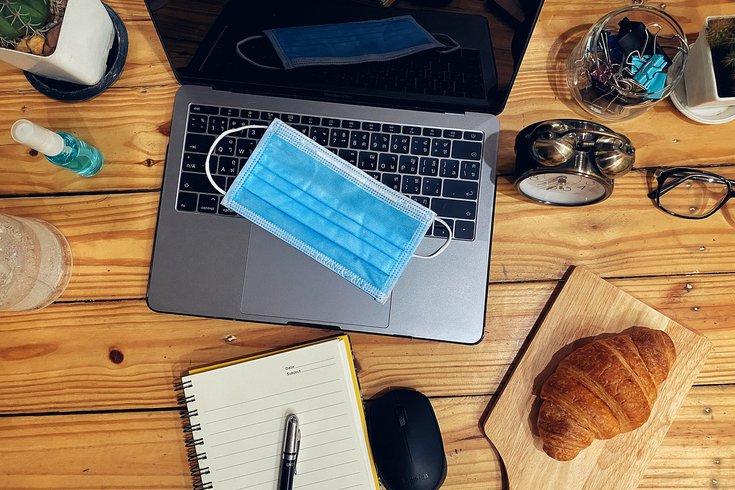
September 01, 2020
 Junjira Konsang/Pixabay
Junjira Konsang/Pixabay
An analysis of cell phone location data shows when people spent more time at home, COVID-19 cases dropped.
U.S counties that saw greater declines in workplace cell phone activity during the stay-at-home orders implemented at the beginning of the coronavirus pandemic had lower rates of COVID-19 infections, an analysis of cell phone location data shows.
Researchers say such data could help public officials make decisions regarding shutdown and reopening policies as additional outbreaks occur.
"It is our hope that counties might be able to incorporate these publicly available cell phone data to help guide policies regarding reopening throughout different stages of the pandemic," said senior author Joshua Baker, an assistant professor of medicine and epidemiology at the University of Pennsylvania. "Further, this analysis supports the incorporation of anonymized cell phone location data into modeling strategies to predict at-risk counties across the U.S. before outbreaks become too great."
Visits to workplaces, retail locations and transit stations fell more sharply in counties that initially had a higher density of COVID-19 cases, the researchers found. At the same time, these counties also saw an increase in activity at home.
The counties where the workplace activity declined the most had the lowest rates of new COVID-19 cases in the following days. Lag-times of 5, 10 and 15 days were observed to allow time for COVID-19's incubation periods.
The research was published Monday in JAMA Internal Medicine.
The researchers based their findings on cell phone activity across 2,740 counties in the United States between early January and early May. Between 22,000 and 84,000 points of data were analyzed for each day. All data was de-identified and made publicly available by Google.
The data was broken into locations where the cell phone activity took place – workplaces, homes and retail stores – to show where people spent their time. The researchers then compared cell phone activity during the period before the COVID-19 outbreak in the U.S. to the period when the virus began to surge and stay-at-home orders were issued.
But more work is needed to determine whether cell phone data can be used to predict COVID-19 hotspots and guide decision-making, Baker said.
"It will be important to confirm that cell phone data is useful in other stages of the pandemic beyond initial containment," he said. "For example, is monitoring these data helpful during the reopening phases of the pandemic or during an outbreak?"
Cell phone data previously was used to develop the Children's Hospital of Philadelphia's 120-day projection model for county-level coronavirus transmission. The model was created by CHOP's Policy Lab in conjunction with the University of Pennsylvania.
Baker also sees a broader role for this type of data in public health, saying it has "the potential to help us better understand behavioral patterns which could help future investigators predict the course of future epidemics or perhaps monitor the impact of different public health measures on people's behaviors."